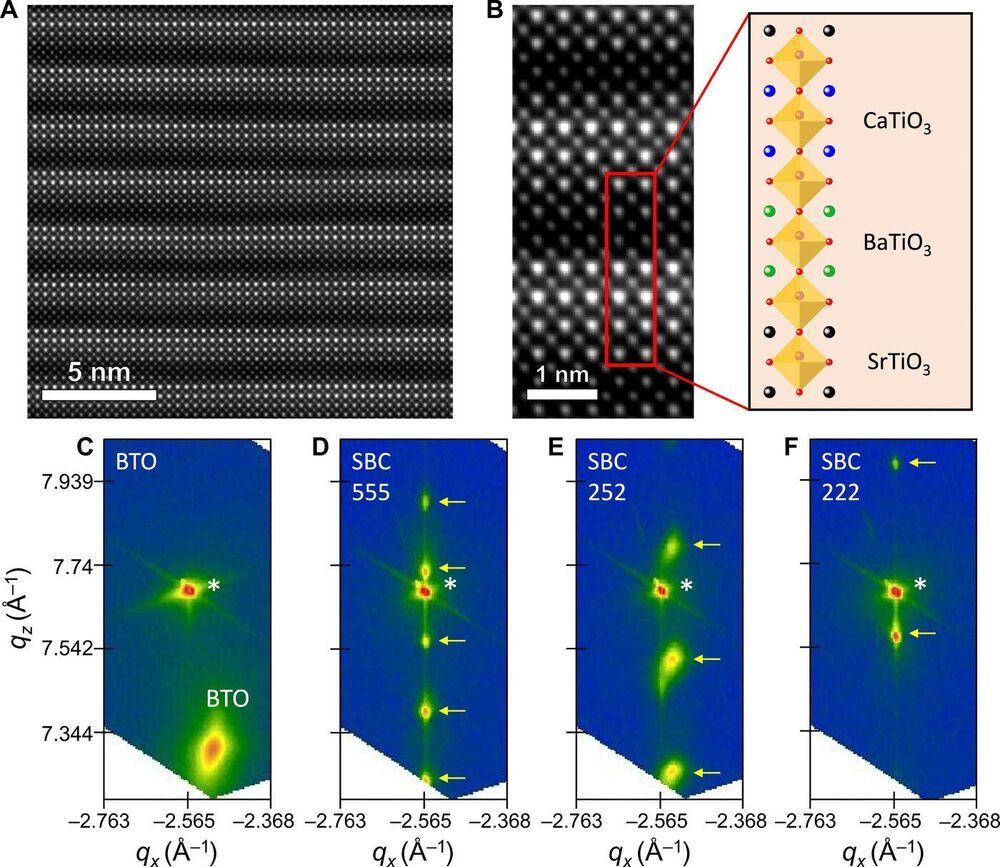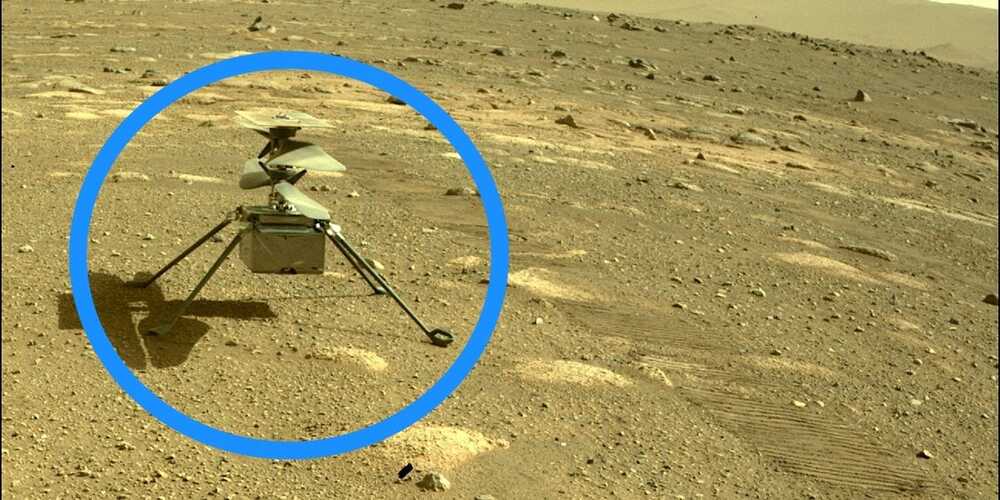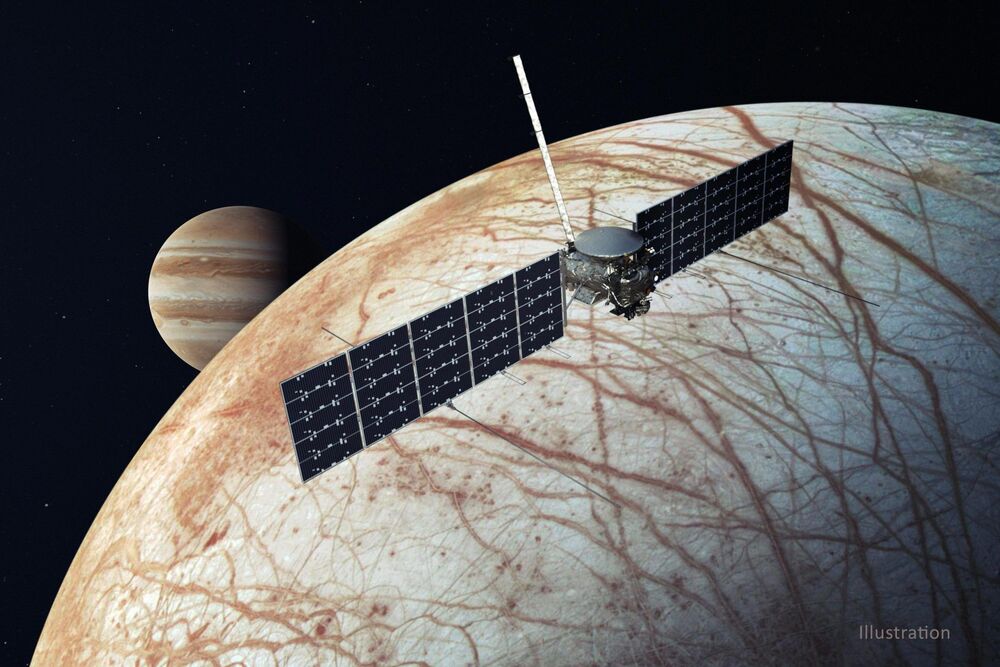Circa 2005 o,.o.
Stable and reproducible spontaneous self-ignition and self-supporting combustion have been achieved at room temperature by exposing nanometer-sized catalytic particles to methanol/air or ethanol/air gas mixtures. Without any external ignition, structurally supported platinum nanoparticles instantaneously react with the gas mixtures. The reaction releases heat and produces CO2 and water. Such reactions starting at ambient temperature have reached both high (]600 °C) and low (a few tenths of a degree above room temperature) reaction temperatures. The reaction is controlled by varying the fuel/air mixture. Catalytic activity could be dramatically changed by reducing particle size and changing particle morphology.









